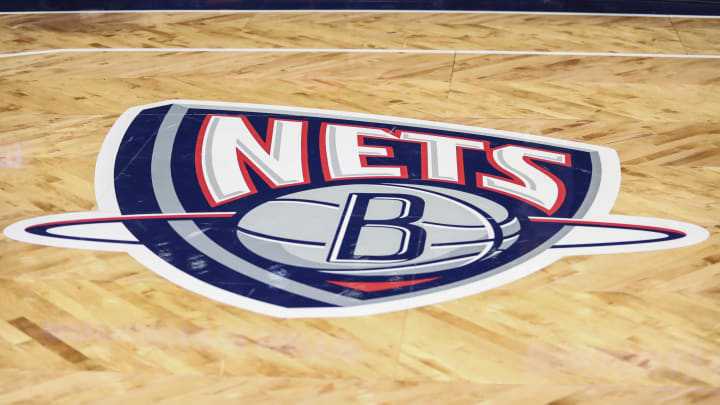Nets Draft Pick Recognized for Olympics Greatness

It's been 40 years since the Brooklyn Nets (who were then in New Jersey) selected Oscar Schmidt in the sixth round of the 1984 NBA Draft.
Schmidt played overseas for 10 years before he was chosen as a 26-year-old in the NBA by the Nets but never came to the NBA.
However, he is often regarded as one of the best Brazilian athletes ever and was chosen by Bleacher Report writer Andy Bailey as the Nets' "Olympics GOAT."
"Oscar Schmidt never played a second in the NBA, but he was drafted by the Brooklyn Nets (who were then in New Jersey) in 1984, and it's hard to pen a story on Olympic basketball history without mentioning him," Bailey writes. "Schmidt appeared in five different Olympic tournaments. He averaged a whopping 28.8 points in his 38 games. In the 1988 tournament alone, he averaged 42.3 points. Yes, you read that right. 42.3. He never medaled, but it's hard to fault Schmidt for that. He's arguably the best and most prolific individual player in the history of Olympic basketball."
If Schmidt had come to the NBA, maybe his legacy would be more well-known. However, he still owns a spot in the Pro Basketball Hall of Fame after being inducted in 2013.
While Schmidt never played for the Nets, the franchise holds a footnote in his tremendous basketball story.
Want to join the discussion? Like Nets on SI on Facebook and follow us on Twitter to stay up to date on all the latest Nets news. You can also meet the team behind the coverage.
